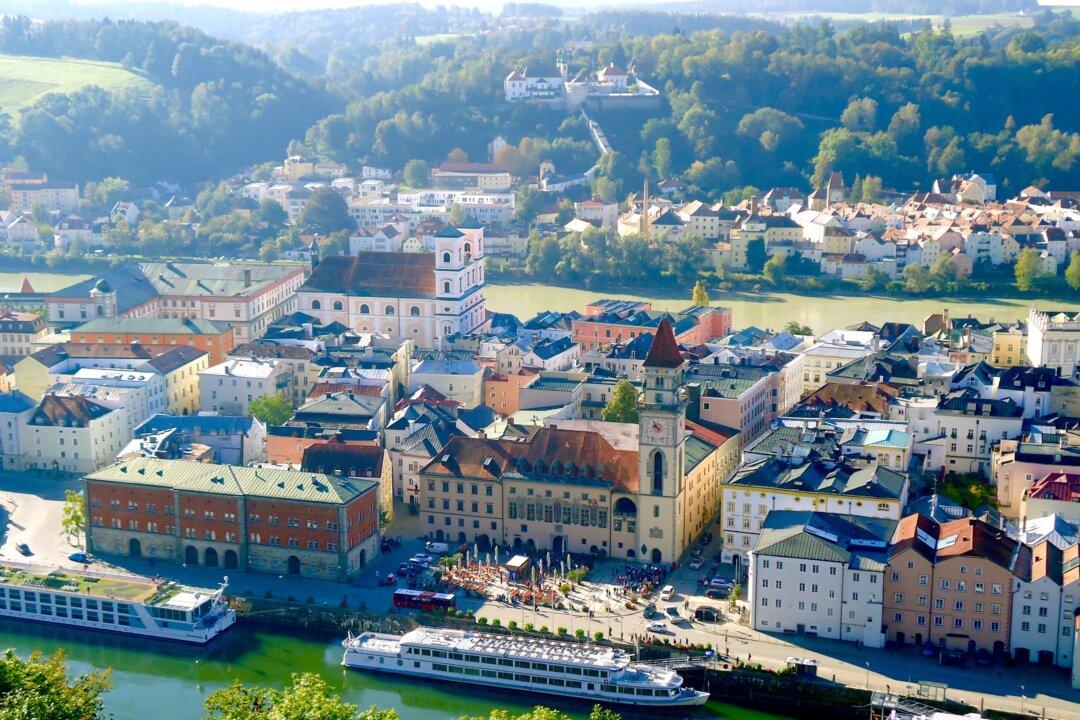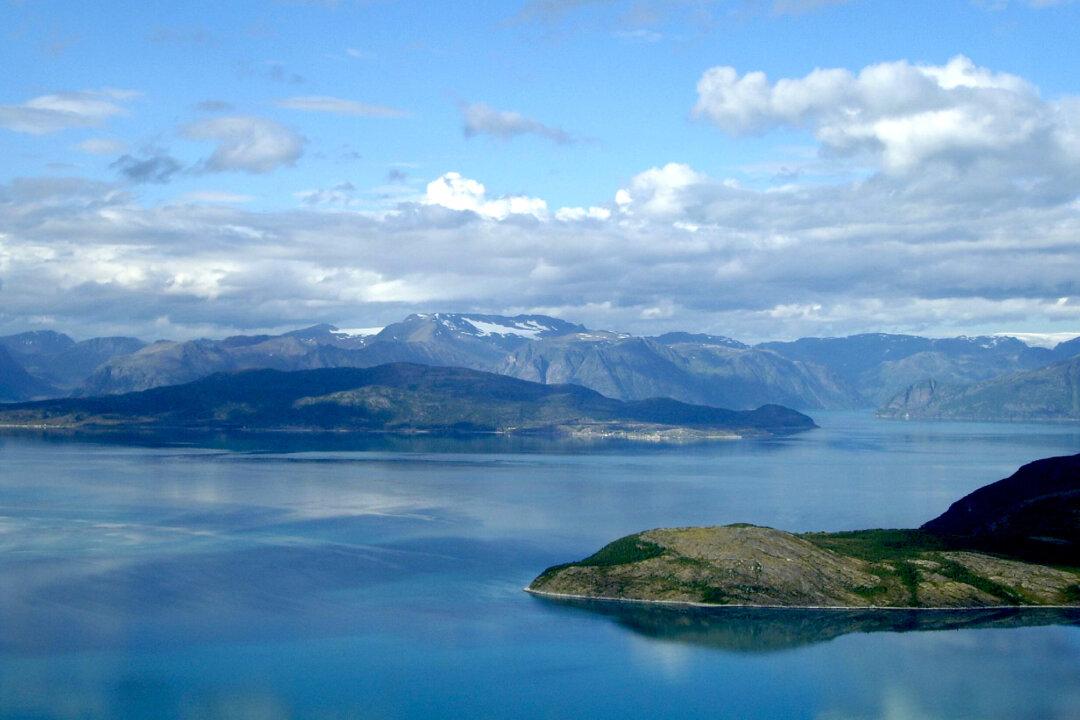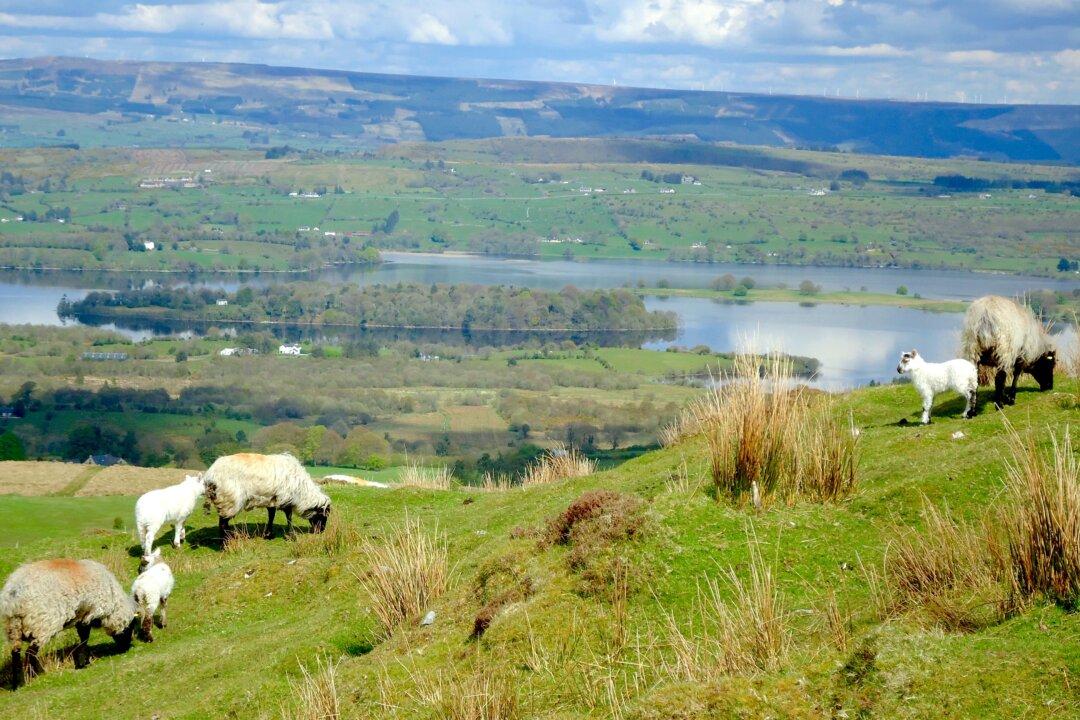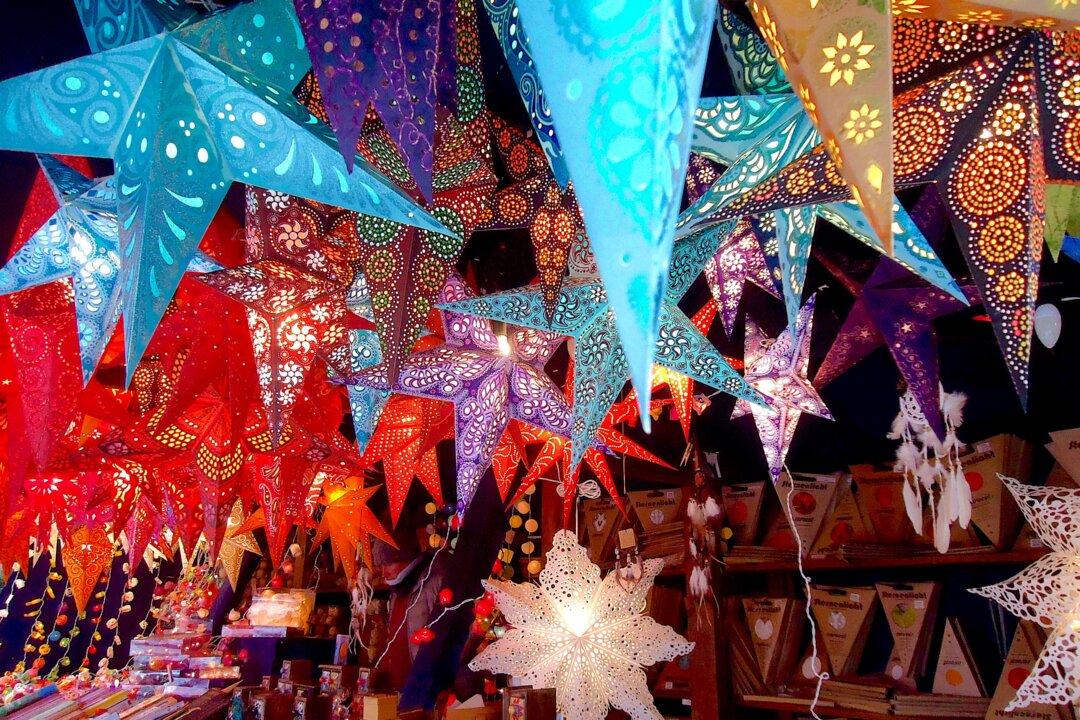PUEBLA, Mexico—Everywhere you look in Puebla, Mexico, Talavera earthenware offers a treat for your eye. From the facades and interiors of the churches with their intricate murals and tapestries of tiles, to display items in government buildings, to the tableware in poblano dining rooms, the brilliant colors so synonymous with Mexican culture vibrate in the architecture and art of the city.
Puebla, Mexico, is the largest producer of majolica pottery in the world. Majolica is a generic term for tin or lead-glazed earthenware. Talavera is majolica earthenware made specifically in Puebla. It is so highly valued that collections of historic pieces are on exhibition in museums in New York, Philadelphia, San Antonio, Texas, and Mexico City.
History of Talavera
In 1531, when the Spanish rulers of Mexico decided to build a town that would act as a way-station between their principal port of Veracruz and Mexico City, they chose the site that today is the city of Puebla. In a valley ringed by smoking volcanoes, the new masters of the New World looked for a way to make their new buildings as dazzling and impressive as the Aztec wonders they had replaced.
Mexico already had an indigenous ceramics tradition, but the Spanish decided to bring in their own form of production. Introducing the art of majolica pottery to Mexico, they embellished their baroque architecture with mosaics of colored clay. With decorative tiles and ceremonial vessels, Puebla’s industry of brilliantly glazed earthenware flourished.
The production of majolica was introduced to Spain by the Moors as early as the eighth century. Eight hundred years later, the Spanish city of Talavera de la Reina, renowned for its pottery, gave its name to the new works created in Puebla.
In Puebla, the Spanish found an ideal mix of clays, and the ceramic technique used for tiles was quickly expanded to produce ornamental jars and dinnerware. Blending the aesthetics of Moorish, Spanish, and Nahuatl influences, Puebla pottery has made the town famous for nearly 500 years, and the work continues today.
Uriarte International
Six potteries still make Talavera ware in Puebla, but the oldest, largest, and most famous is Uriarte International. Here both traditional and modern designs are produced according to techniques that date back to the 16th century.
This is where the Mexican government shops when it wants to cover a building facade or display indigenous arts and crafts to visiting dignitaries, and this is where the Christmas Nativity Scene for the Vatican is being produced this year.
Founded in 1824 by Dimas Uriarte, the pottery uses two different kinds of local clays blended together in a large concrete vat. The clay is covered with water and like grapes for wine, stamped by the feet of workers until it is finely mixed. Afterward the clay is filtered through a basket and left to settle.
The resulting mixture is then hand-thrown on a wheel by a skilled potter, set on wooden shelves to dry, and then fired.
“There are no seconds,” our guide Marie-Laure told us on a tour of the facilities. Each piece is inspected after it’s fired and is tapped with a stick. If it doesn’t ring with a bell-like tone, it’s broken and discarded. Only perfect pieces proceed to the next process.
In another vat, a worker carefully dips the fired clay into a yellow slurry of sand, silica, pewter, and lead, a liquid enamel that when fired turns a brilliant white.
Setting the design employs techniques that go back to the Greeks. A hand-cut stencil is used to place the pattern on the piece. Each stencil is carefully pricked with a pin along the outline of the design, and when charcoal is dusted through the resulting holes, the pattern appears on the clay.
Then the piece is turned over to one of Uriarte’s 40 skilled artisans who hand paint it with a donkey-hair paintbrush using a palette of mineral paint. Six mineral colors are used: dark blue, light blue, orange, green, yellow, and black.
The thickness of the mineral glazes causes the colors to rise in a 3-D effect when they are fired in the kiln a second time. Against the white background, the colors pop like stained glass.
Susan James is a freelance writer based in Los Angeles. She has lived in India, the United Kingdom, and Hawaii and writes about art and culture.





